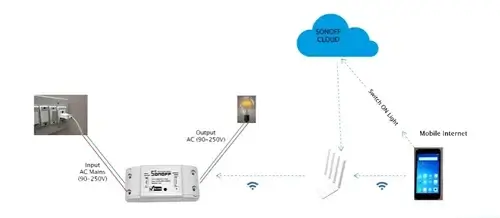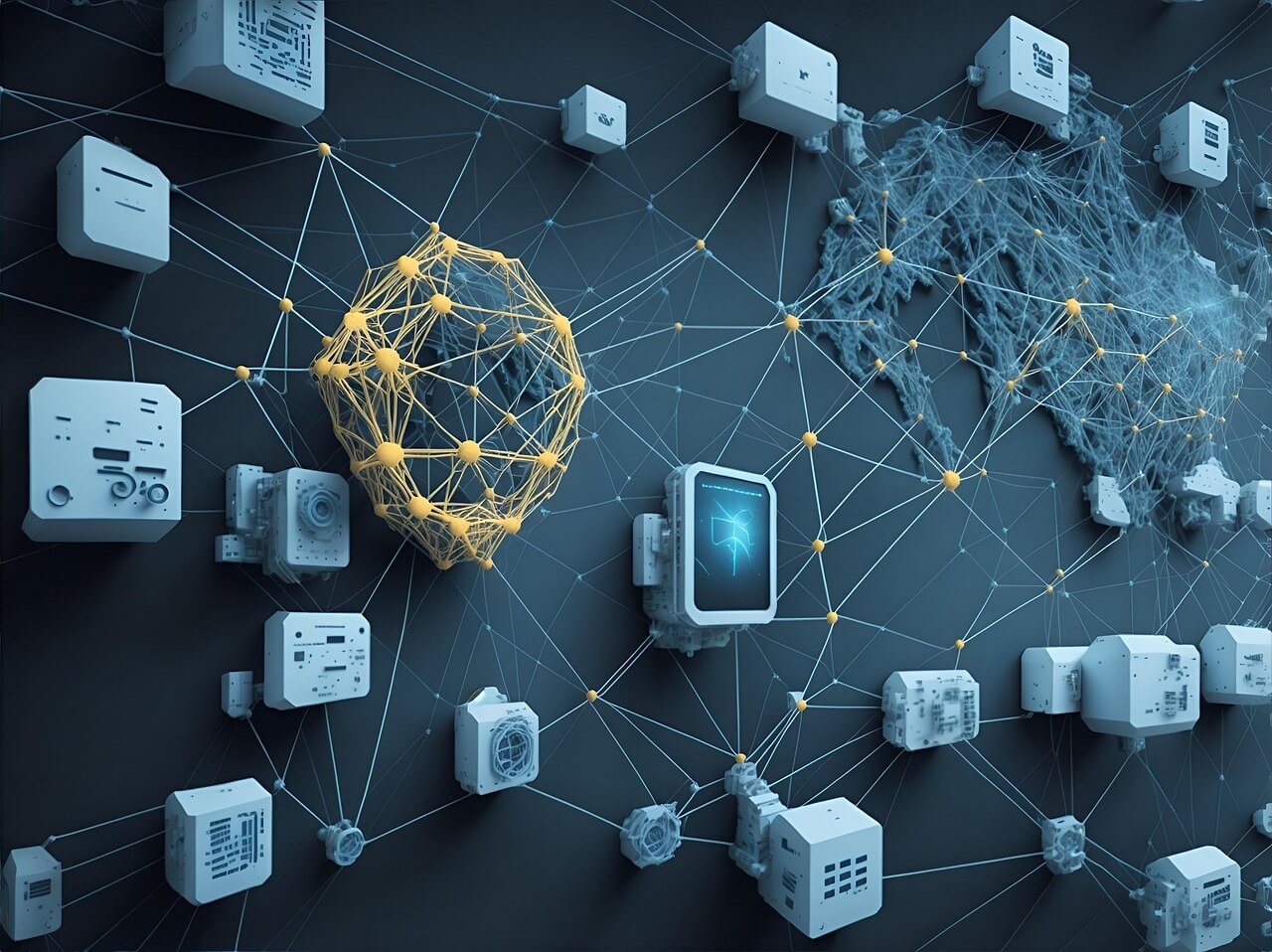Let's Get Real About How Machines "Talk"
Ever walked into a room where the lights flicker on automatically? Or gotten a notification from your car that it needs an oil change? That's not just "smart tech"—it's machines having silent conversations without us.
This behind-the-scenes chatter is called Machine-to-Machine (M2M) communication, and it's the reason IoT actually works. While we obsess over shiny new gadgets, M2M is doing the grunt work—like a backstage crew at a concert.
Today, we're pulling back the curtain on:
- How your coffee maker "decides" to brew before your alarm goes off
- Why M2M isn't the same as IoT (despite what tech blogs claim)
- Where this tech is making the biggest splash (hint: hospitals hate downtime)
- The messy problems engineers are still wrestling with
M2M Unpacked: No Humans Allowed
Imagine two coworkers who finish a project without a single meeting. That's M2M—devices exchanging data like:
🔹 "Hey AC, it's 90°F in here—cool us down!"
🔹 "Warehouse Robot #12: I'm low on batteries—send my replacement."
How This Silent Handshake Works
- Sensors Play Spy – Tiny detectors (like thermometers or motion sensors) gather intel.
- Data Hitchhikes a Network – Uses Wi-Fi, cellular, or even satellite signals.
- The "Brain" Decides – Cloud or edge computing crunches numbers.
- Action Time – A valve opens, a warning light flashes, or your phone gets an alert.
Real-World Example:
Tesla cars anonymously share pothole locations with other Teslas. Your car adjusts suspension before you even hit the bump.
The Nuts & Bolts (Without the Jargon)
For M2M to work, it needs:
- ✔ The Gossips (Sensors) – Like a fitness tracker counting your steps.
- ✔ The Carrier Pigeons (Networks) – 4G/5G for speed, LoRa for long-range whispers.
- ✔ The Translator (Gateway) – Turns machine gibberish into usable data.
- ✔ The Boss (Cloud/Edge) – Where the real thinking happens.
- ✔ The Report (App Dashboard) – Where humans finally peek at the results.
M2M vs IoT: Why People Mix Them Up
| M2M | IoT |
|---|---|
| Two devices texting | Group chat with AI moderators |
| Does one job well | Learns and adapts |
| Like a toaster | Like a smart kitchen |
Analogy:
M2M = Your watch telling your phone you're exercising.
IoT = Your watch, fridge, and treadmill conspiring to burn calories.
Where M2M is Secretly Running the Show
🏭 Factories That Snitch on Themselves
Machines now tattle on worn-out parts before they fail—saving millions in downtime.
🏥 Hospitals With 24/7 Vigilance
Heart monitors that page nurses before a patient crashes. (Yes, this exists.)
🌱 Farms That Water Themselves
Soil sensors tell irrigation systems: "The corn is thirsty—but the soybeans can wait."
🚛 Delivery Trucks That Reroute
Tired driver? Traffic jam? The truck's systems negotiate a new route in seconds.
⚡ Power Grids That Self-Heal
When a tree takes out a line, smart grids reroute electricity like internet traffic.
The Ugly Truth: M2M's Growing Pains
🤖 "Oops, We Forgot Security"
Hackers once turned off a city's water supply through a vulnerable sensor.
🔌 The Tower of Babel Problem
Ever tried getting a Samsung phone to talk to an Apple Watch? Now imagine 10,000 industrial machines.
🔋 Battery Life Anxiety
Changing batteries in 100,000 sewer sensors? Not happening.
📶 Dead Zones Still Exist
Remote oil rigs can't exactly hop on Wi-Fi (yet).
What's Coming Next?
🔮 5G = Instant Reactions – Self-driving cars will "yell" at each other to avoid crashes.
🔮 AI = Machines That Guess Your Needs – Like a thermostat learning your work schedule.
🔮 Blockchain = Unhackable Records – Perfect for medical devices that can't afford lies.
🔮 Edge Computing = Bye-Bye Lag – Factories will make decisions on-site without waiting for the cloud.
Final Thought
M2M isn't as sexy as robot butlers, but it's the reason your smart home doesn't feel dumb. The next time your fridge orders milk, thank the invisible machine conversations happening right under your nose.




